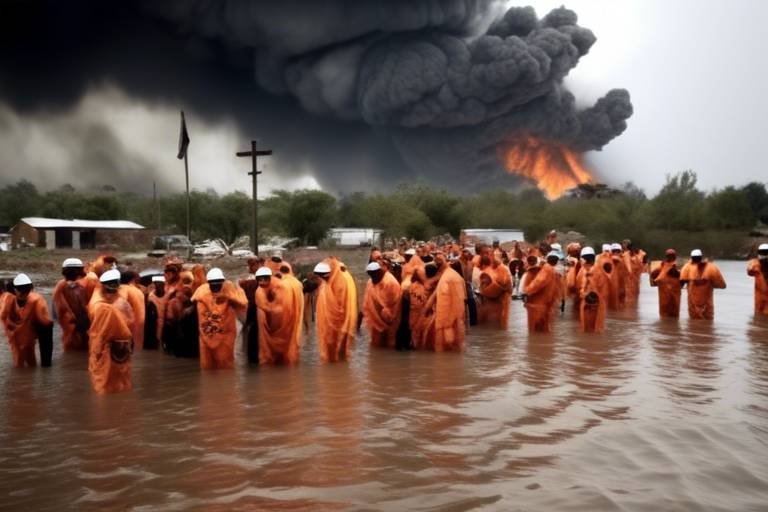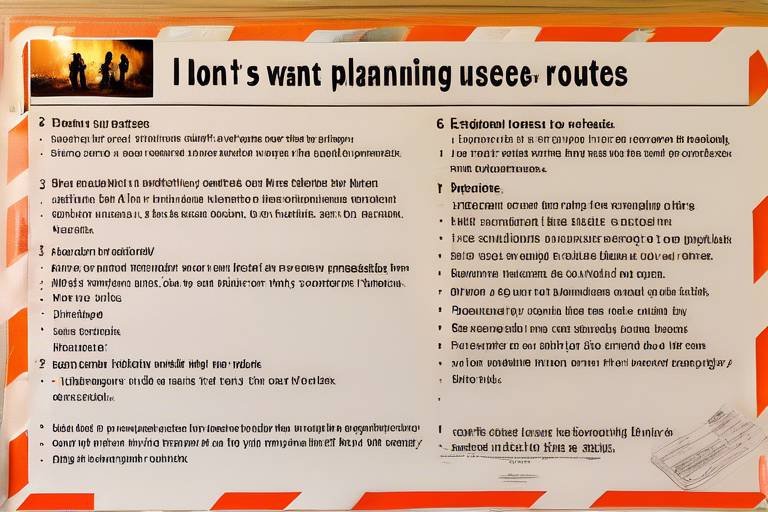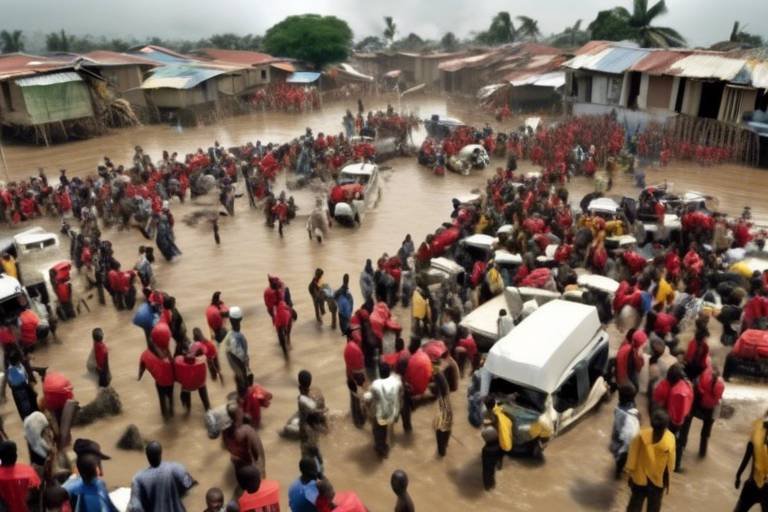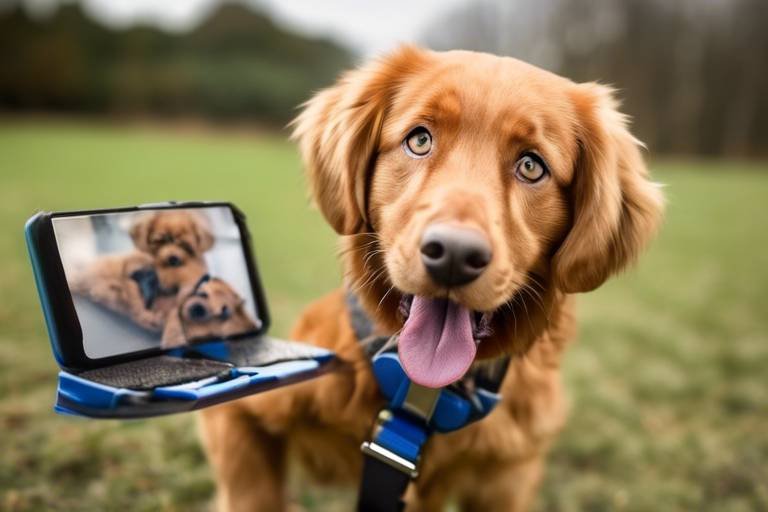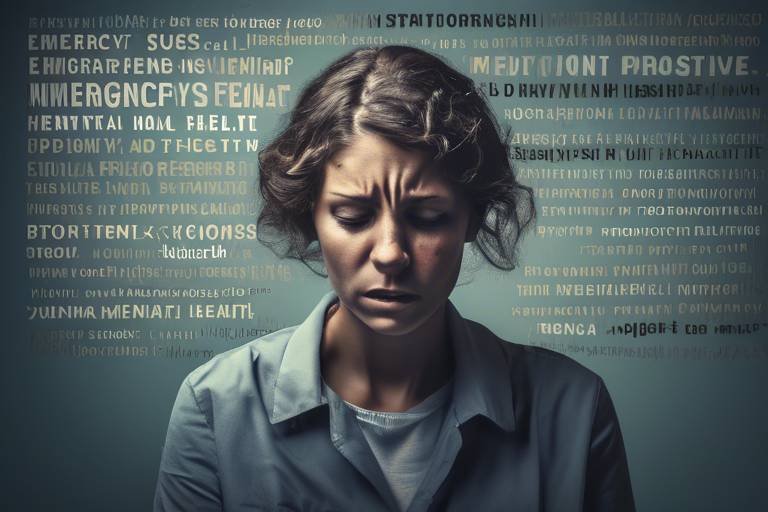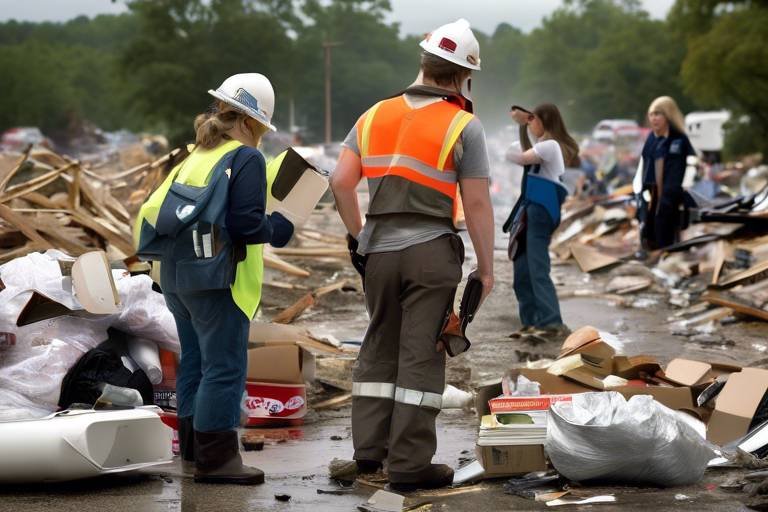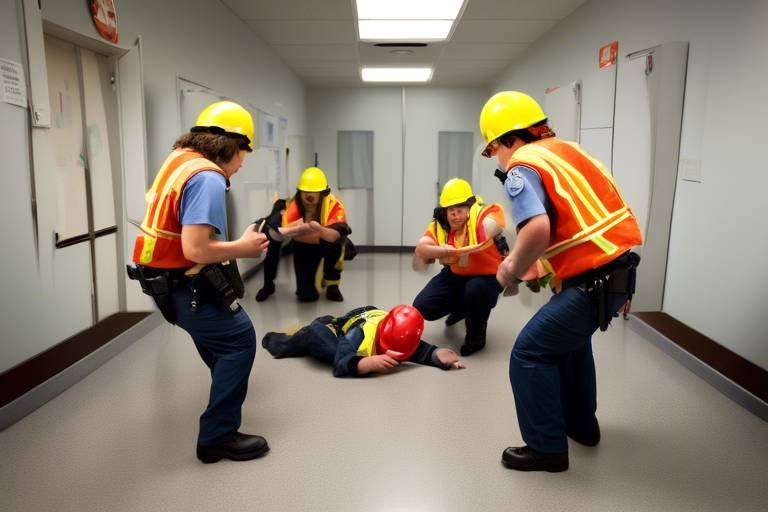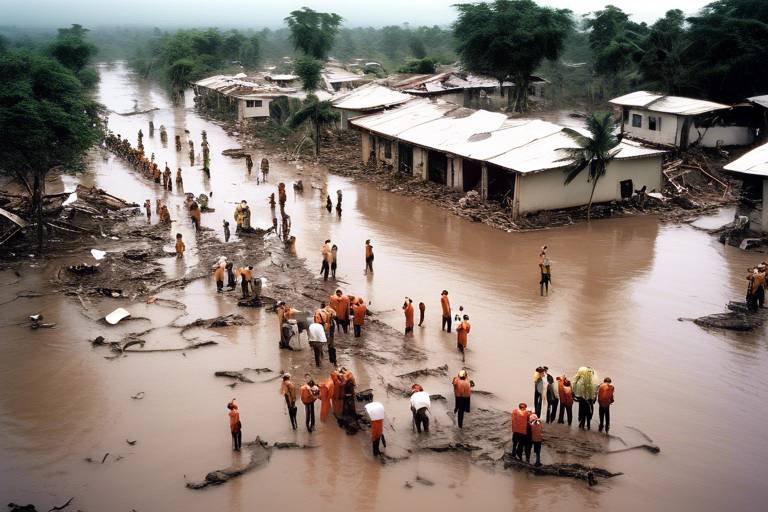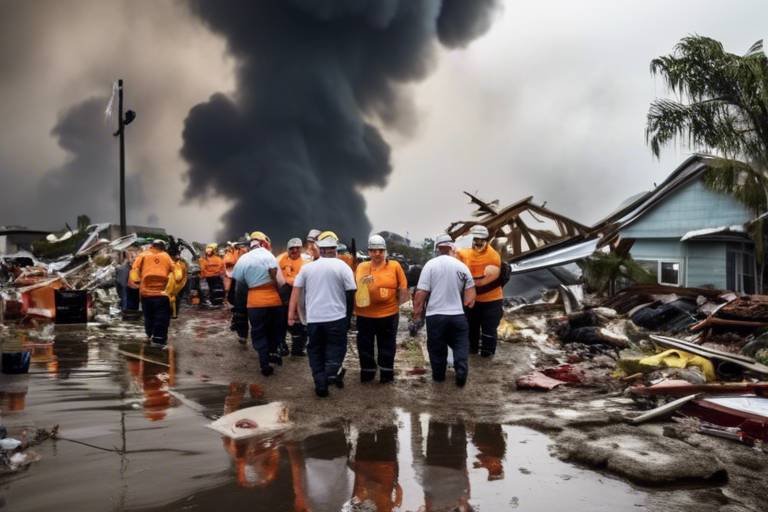Critical Communication Tips During an Emergency
In times of crisis, when the stakes are high and emotions run wild, the ability to communicate effectively can mean the difference between chaos and calm. Emergencies can strike at any moment—be it a natural disaster, a public health scare, or an accident—and the way we convey information during these pivotal moments is crucial. Imagine being in a crowded room where everyone is panicking, and the only thing that can bring the situation under control is clear, concise communication. This article outlines essential communication strategies that will not only help you convey information effectively but also ensure that everyone involved understands their roles and responsibilities. By mastering these communication tips, you can foster a safer environment and respond efficiently when it matters the most.
Clear communication is vital during emergencies, as it helps to reduce confusion, ensure safety, and facilitate timely responses. Think about it: in an emergency, every second counts. If your message is muddled or unclear, it could lead to disastrous consequences. Recognizing the significance of clear communication can improve outcomes for all involved. It’s not just about what you say, but how you say it. The tone, clarity, and delivery of your message can either instill confidence or create panic. Therefore, it’s essential to be deliberate in your communication approach.
A well-structured communication plan is crucial for emergencies. It outlines roles, responsibilities, and methods to disseminate information quickly and accurately, ensuring everyone knows how to respond. A good plan acts like a roadmap; it guides you through the chaos and helps keep everyone on the same page. Here’s what a robust communication plan should include:
- Roles and Responsibilities: Clearly define who does what during an emergency.
- Communication Channels: Specify how information will be shared—whether through social media, text alerts, or public announcements.
- Regular Updates: Plan for how often updates will be provided to keep everyone informed.
Identifying key stakeholders, including emergency services, community leaders, and affected individuals, is essential. Understanding their roles can streamline communication and enhance coordination during crises. When everyone knows who to turn to for information, it reduces the chances of misinformation spreading. For instance, having direct lines of communication with local authorities can provide timely updates and ensure that accurate information is relayed to the public.
Collaboration with local authorities ensures that information flows seamlessly. Establishing strong relationships can facilitate quicker responses and better resource allocation during emergencies. Imagine being able to tap into a network of professionals who are trained to handle crises. By working closely with local agencies, you can enhance your communication strategy and ensure that your messages align with official updates.
Community organizations play a critical role in disseminating information. Engaging them can enhance outreach and ensure that messages reach vulnerable populations effectively. These organizations often have established trust within the community, making them invaluable allies in spreading crucial information. By leveraging their networks, you can amplify your message and ensure it reaches those who need it most.
Incorporating technology, such as social media and emergency alert systems, can significantly improve communication efficiency. These tools allow for rapid information sharing and updates. Social media platforms can disseminate information to a broad audience in real-time, while emergency alert systems can send targeted messages to specific areas. By embracing technology, you can ensure that your communication is not only timely but also reaches the right people at the right time.
Messages must be clear and concise to be effective during emergencies. Simplifying language helps ensure that critical information is easily understood by all recipients. Think of your message as a lifeline; if it’s tangled in jargon or complex terms, it may not reach those who need it. The goal is to make your communication as straightforward as possible. Aim for short sentences and avoid unnecessary details that could distract from the main point.
Using plain language eliminates jargon and technical terms, making messages accessible to a broader audience. This approach is vital for ensuring that everyone comprehends the information. Remember, in an emergency, clarity trumps complexity. If your audience consists of people from various backgrounds, using simple, everyday language can bridge the gap and ensure that everyone understands the message.
In emergencies, prioritizing key information helps prevent information overload. Focusing on essential details ensures that recipients receive the most critical updates first. For example, if there’s a natural disaster, the first message should include safety instructions, followed by updates on the situation. This hierarchical approach allows individuals to grasp the most important information quickly, reducing anxiety and confusion.
Regular training and drills prepare individuals and organizations for effective communication during emergencies. Practicing responses enhances readiness and confidence in real-life situations. Just like athletes train for a big game, organizations should conduct regular drills to ensure everyone knows their role and how to communicate effectively when the time comes.
Simulated scenarios allow teams to practice communication strategies in a controlled environment. These exercises help identify weaknesses and improve overall response effectiveness. By running through various emergency situations, teams can develop a sense of urgency and learn to communicate under pressure, which is invaluable when real emergencies arise.
Post-drill evaluations are essential for assessing communication performance. Analyzing outcomes helps refine strategies and ensures continuous improvement in emergency communication practices. After each drill, take the time to review what worked and what didn’t. This feedback loop will help you fine-tune your approach and prepare for future emergencies more effectively.
Q: What is the most important aspect of communication during an emergency?
A: The most important aspect is clarity. Ensuring that your message is easily understood is crucial for effective communication.
Q: How can technology improve emergency communication?
A: Technology can facilitate rapid information dissemination through social media and alert systems, ensuring timely updates reach the right audience.
Q: Why is training important for emergency communication?
A: Training prepares individuals to respond effectively under pressure, helping to improve overall communication and response during actual emergencies.
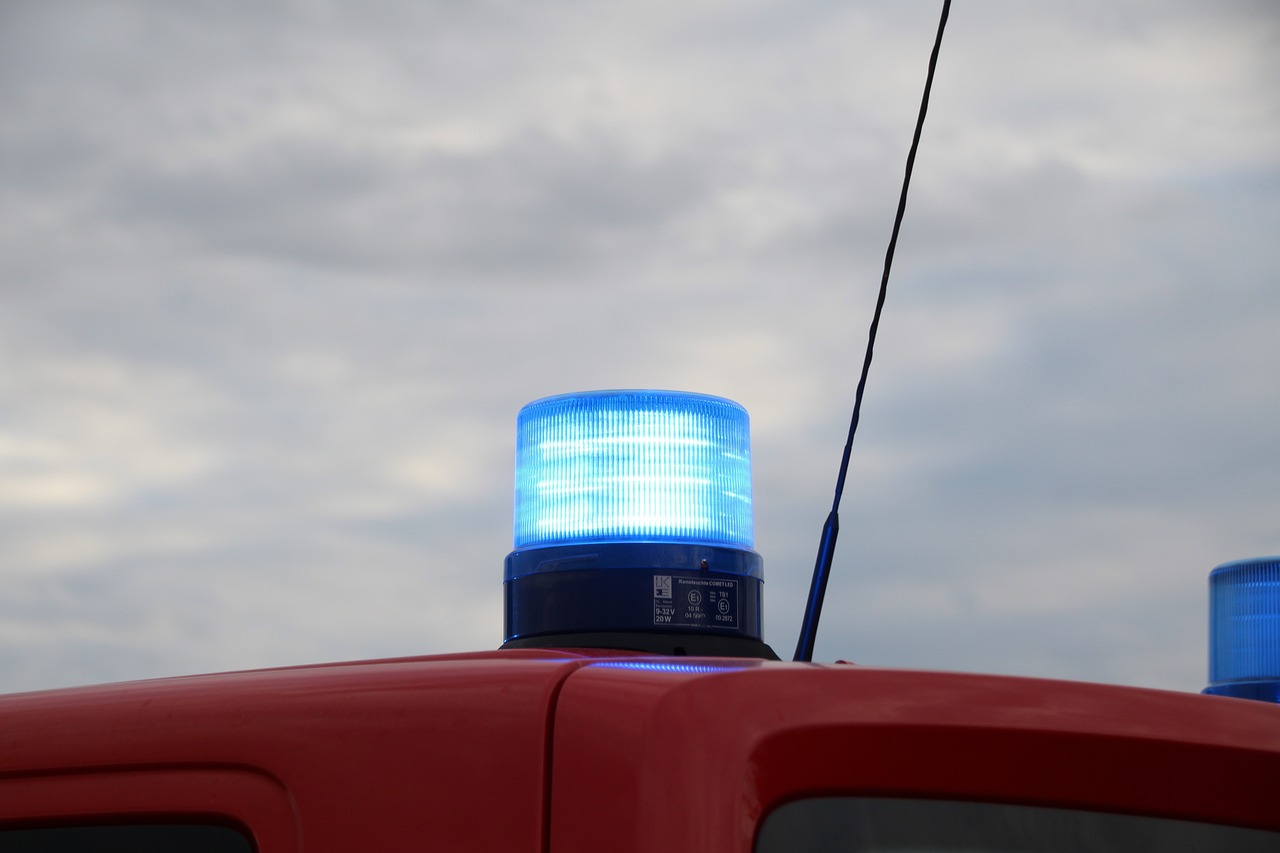
Understanding the Importance of Clear Communication
This article outlines essential communication strategies to effectively convey information during emergencies, ensuring clarity and efficiency in high-pressure situations.
In the chaos of an emergency, when every second counts, clear communication becomes not just important, but absolutely vital. Imagine a situation where a fire breaks out in a crowded building; the ability to convey critical information swiftly can mean the difference between life and death. Clear communication helps to reduce confusion, ensure safety, and facilitate timely responses. It’s like a well-oiled machine—when every part functions smoothly, the entire system operates efficiently. Recognizing the significance of clear communication can dramatically improve outcomes for all involved, whether they are emergency responders, bystanders, or those directly affected by the crisis.
One of the primary reasons why clear communication is essential during emergencies is its role in reducing panic. When people are scared, they often react irrationally. A clear message can help to calm fears and provide guidance on what to do next. For instance, using straightforward language to instruct people on evacuation routes can help maintain order and prevent chaos. In this way, effective communication serves as a lifeline, guiding individuals to safety while minimizing the risk of injury.
Moreover, clear communication fosters collaboration among various stakeholders involved in emergency response. When everyone—emergency services, community leaders, and affected individuals—understands their roles and responsibilities, the response becomes more coordinated. This synergy is crucial; it’s like a team of musicians playing together in harmony, where every note contributes to the overall performance. Without clear communication, misunderstandings can arise, leading to delays and potentially disastrous consequences.
Lastly, it’s important to consider the long-term implications of effective communication. The lessons learned from past emergencies can shape future responses. By analyzing what worked and what didn’t, organizations can refine their communication strategies. This continuous improvement cycle ensures that they are better prepared for the next crisis. In summary, clear communication is not just a best practice; it’s an essential component of emergency management that can save lives and enhance community resilience.
- Why is clear communication crucial during emergencies? Clear communication reduces confusion, calms panic, and fosters collaboration among stakeholders, ultimately saving lives.
- How can I improve communication in my organization during a crisis? Establishing a communication plan, utilizing technology, and conducting regular training can significantly enhance your organization’s response to emergencies.
- What role does technology play in emergency communication? Technology, such as social media and alert systems, facilitates rapid information sharing and keeps the public informed during a crisis.
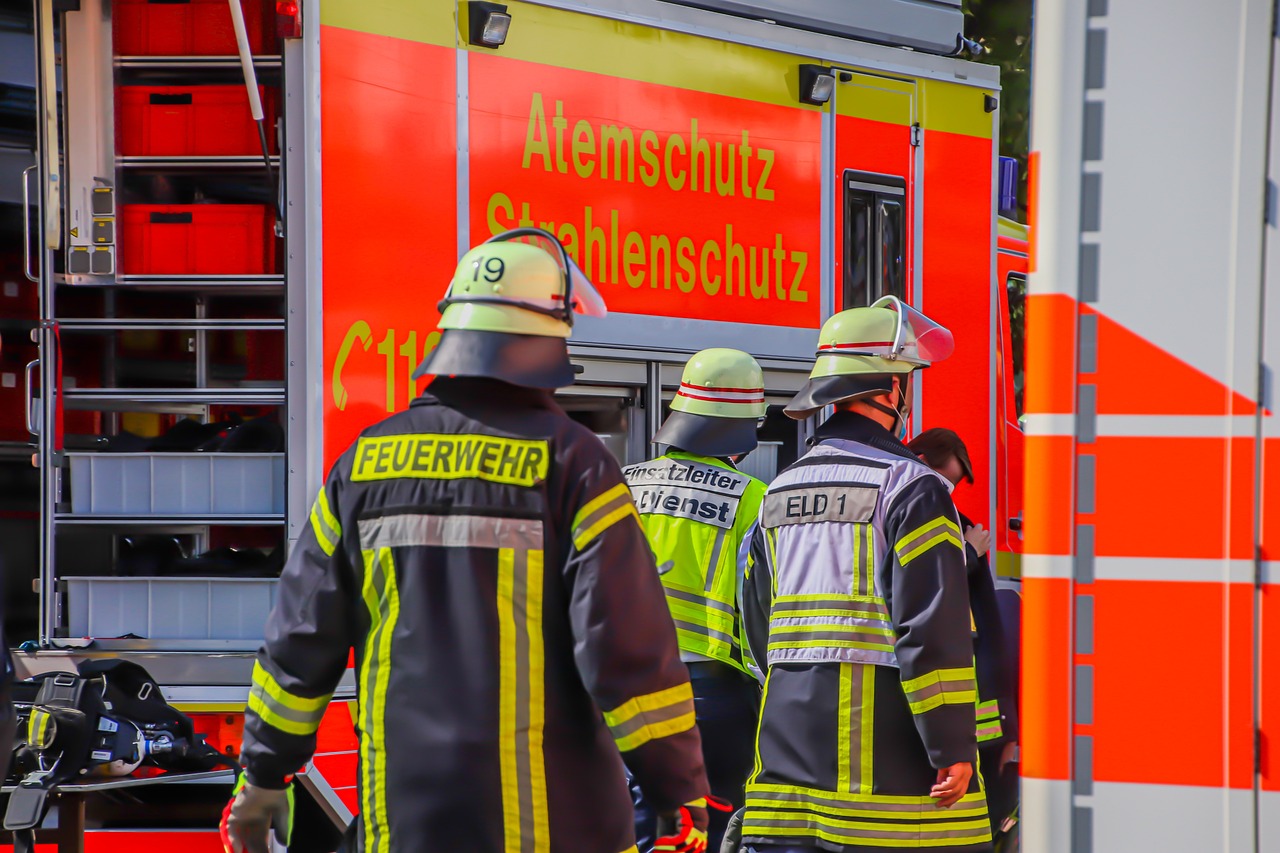
Establishing a Communication Plan
When it comes to emergencies, having a solid communication plan is like having a roadmap in a stormy sea. It provides direction and clarity, ensuring that everyone knows their role and how to act swiftly. A well-structured communication plan lays the groundwork for effective information dissemination, which is crucial during high-pressure situations. It not only outlines the roles and responsibilities of each participant but also specifies the methods for sharing information. This clarity can make the difference between chaos and coordinated action.
To create an effective communication plan, you need to start by identifying the key elements that will guide your strategy. Consider the following components:
- Audience: Who needs to receive the information? This could include emergency responders, community members, and local organizations.
- Channels: What methods will you use to communicate? Options may include text messages, social media updates, or public announcements.
- Frequency: How often will updates be provided? Regular updates can keep everyone informed and reduce anxiety during an emergency.
- Feedback Mechanism: How will you gather feedback or questions from the audience? This ensures that the communication is a two-way street.
Once these elements are identified, it's essential to document the plan clearly and share it with everyone involved. This documentation should be accessible and easy to understand, so that in the heat of the moment, anyone can refer to it without confusion. Imagine a fire drill where everyone knows their exit route; this same principle applies to communication plans. The more familiar everyone is with the plan, the smoother the response will be.
Moreover, it’s crucial to conduct regular reviews and updates of your communication plan. Just like technology evolves, so do community needs and potential risks. Engaging with stakeholders and incorporating their feedback can greatly enhance the effectiveness of your plan. This collaborative approach not only strengthens the plan but also fosters a sense of community ownership and responsibility.
In summary, establishing a communication plan is about creating a framework that promotes clarity and efficiency. By identifying key stakeholders, defining roles, and utilizing effective channels, you can ensure that information flows smoothly during emergencies. Remember, in the face of uncertainty, a well-prepared communication plan is your best ally.
- What is the first step in creating a communication plan?
Identify your audience and their specific needs during an emergency. - How often should the plan be reviewed?
Regularly, at least once a year or after any significant change in community structure or risks. - What tools can be used for communication during emergencies?
Text messaging, social media, email alerts, and public announcements are all effective tools.

Identifying Key Stakeholders
In the chaotic atmosphere of an emergency, knowing who your key stakeholders are can mean the difference between effective communication and utter confusion. Stakeholders are individuals or groups that have a vested interest in the situation at hand, and identifying them early on can streamline your communication efforts. Think of them as the backbone of your emergency response plan; without them, your message may not reach those who need it most.
Start by considering the primary players involved in any emergency situation. This includes emergency services such as police, fire departments, and medical teams. These organizations are often the first responders and their ability to communicate effectively can drastically impact the outcome of the situation. But don’t stop there; community leaders and local government officials also play a crucial role. They can help disseminate information to a wider audience and provide vital resources.
Moreover, it's essential to include the affected individuals in your communication strategy. These are the people who are directly impacted by the emergency and need timely updates to make informed decisions. Engaging with them ensures that you’re not only delivering information but also listening to their concerns and feedback. This two-way communication fosters trust and can enhance cooperation during crises.
To illustrate the importance of identifying key stakeholders, consider this table that outlines their roles:
| Stakeholder | Role | Importance |
|---|---|---|
| Emergency Services | First responders to the scene | Critical for immediate safety and rescue |
| Community Leaders | Facilitate information dissemination | Essential for community trust and cooperation |
| Affected Individuals | Directly impacted by the emergency | Need timely updates for safety and decision-making |
| Local Authorities | Oversee emergency response efforts | Coordinate resources and provide guidance |
In conclusion, identifying and engaging key stakeholders is not just a checkbox on your emergency preparedness list; it’s a vital step that can enhance communication and ensure a more organized response. By understanding their roles and keeping them informed, you create a network of support that can significantly improve outcomes during emergencies.
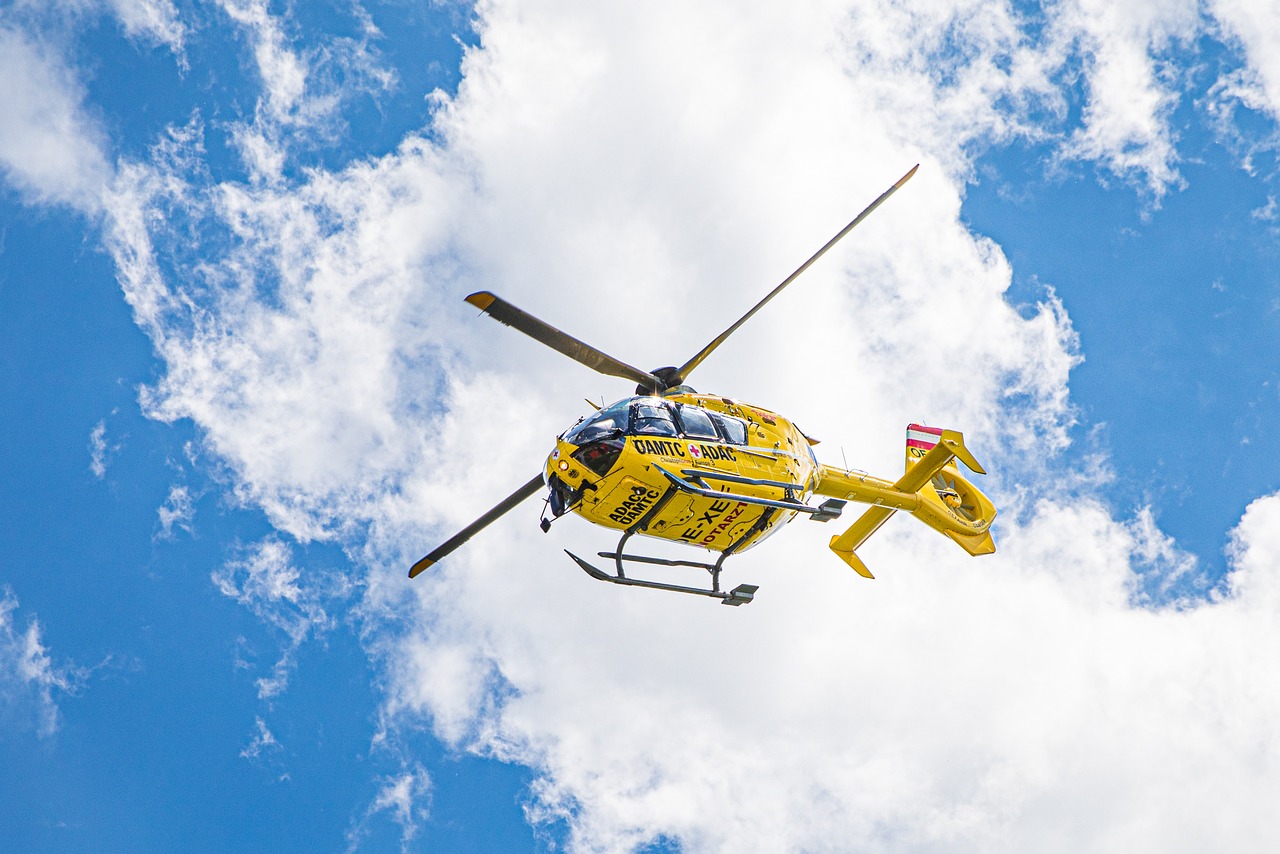
Engaging with Local Authorities
Engaging with local authorities is a cornerstone of effective communication during emergencies. These authorities, including police, fire departments, and health services, are often the first responders and play a pivotal role in managing crises. Establishing a strong relationship with them can significantly enhance the flow of information, ensuring that everyone is on the same page when it matters the most. Think of local authorities as the backbone of emergency response; without them, the structure may crumble under pressure.
When you engage with local authorities, it's essential to understand their protocols and communication channels. Each agency may have its own preferred methods for disseminating information, so being aware of these can help you align your messaging effectively. For instance, some may rely heavily on social media platforms, while others might prioritize traditional media outlets like radio or television. By knowing their strengths, you can tailor your communication strategy to complement their efforts.
Moreover, regular meetings or briefings with local authorities can foster a sense of collaboration. These gatherings allow for the exchange of crucial information, updates on resources, and current challenges. During these discussions, it’s beneficial to address any gaps in communication that could hinder effective response efforts. Creating a shared understanding of roles and responsibilities can streamline coordination, making it easier to mobilize resources when an emergency strikes.
Additionally, consider establishing a communication protocol that outlines how information will be shared during a crisis. This protocol should include:
- Designated spokespersons for each agency
- Preferred communication channels (e.g., email, text alerts, social media)
- Frequency of updates during an emergency
By laying out these guidelines beforehand, you can eliminate confusion and ensure that everyone knows how to communicate effectively when the situation escalates. Remember, the goal is to create a unified front where information flows seamlessly, allowing for swift action and enhanced public safety.
In conclusion, engaging with local authorities is not just about sharing information; it’s about building a network of trust and collaboration. By investing time in these relationships, you’re not only preparing for potential emergencies but also fostering a community that can respond effectively when the unexpected occurs. After all, in the chaotic moments of a crisis, having a reliable support system can make all the difference.
- Why is it important to engage with local authorities during emergencies? Engaging with local authorities ensures that information is disseminated quickly and accurately, enabling a coordinated response that can save lives.
- How can I establish a communication protocol with local agencies? You can establish a protocol by organizing regular meetings, defining roles, and agreeing on preferred communication channels to streamline information sharing.
- What are the benefits of regular training with local authorities? Regular training helps identify weaknesses in communication strategies and builds confidence among team members, preparing them for real-life emergency situations.
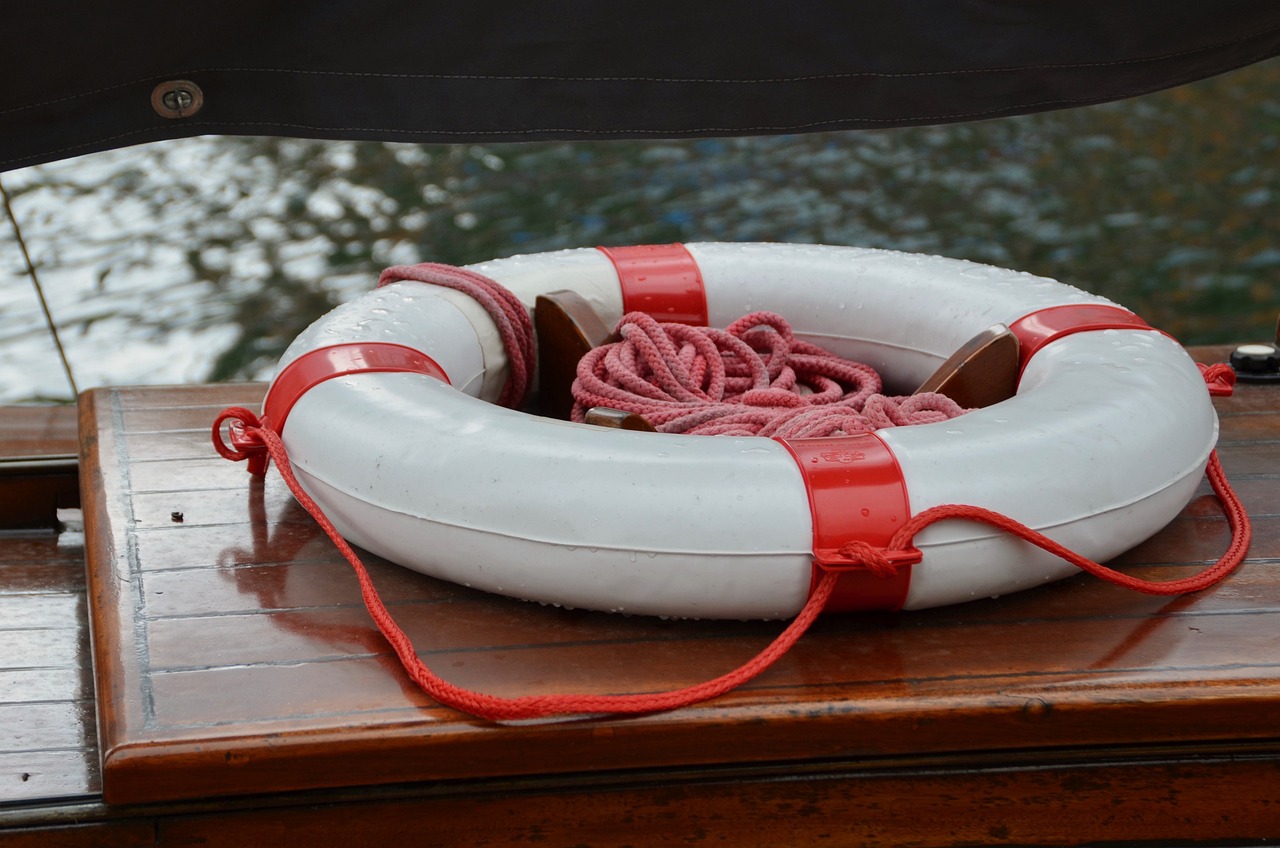
Involving Community Organizations
In the whirlwind of an emergency, community organizations become the backbone of effective communication. These groups have deep roots in the neighborhoods they serve, making them invaluable for disseminating crucial information. When disaster strikes, it’s not just about having a plan; it’s about having the right people in place to execute that plan. Community organizations can act as trusted intermediaries, bridging the gap between authorities and the public.
Imagine a local community center stepping up during a natural disaster. They can mobilize volunteers, distribute supplies, and provide shelter. But more importantly, they can help relay information to residents who might not have access to traditional communication channels. This is where their role becomes critical. By involving community organizations, we can ensure that information flows smoothly and reaches those who need it most.
Here are a few ways community organizations can enhance communication during emergencies:
- Local Knowledge: Community organizations understand the unique needs and challenges of their neighborhoods. They can tailor messages that resonate with residents.
- Trust Factor: People are more likely to respond to messages from organizations they know and trust. This trust can lead to quicker compliance with safety measures.
- Resource Distribution: These organizations often have established networks for distributing resources, making them essential in crisis situations.
Furthermore, engaging with community organizations can improve outreach to vulnerable populations. For instance, they can help communicate in multiple languages or provide information in formats accessible to individuals with disabilities. This inclusivity ensures that no one is left behind during a crisis.
Ultimately, involving community organizations is not just a strategy; it’s a necessity. By leveraging their strengths, we can create a more resilient communication network that enhances safety and response efforts during emergencies. As we move forward, let's prioritize these partnerships to ensure that our communities are well-prepared and informed when it matters most.
Q1: Why are community organizations important during emergencies?
A1: Community organizations are crucial because they have established trust within the community, understand local needs, and can effectively disseminate information to vulnerable populations.
Q2: How can I get involved with local community organizations in emergencies?
A2: You can start by reaching out to local organizations, volunteering your time, or participating in community meetings to learn about their emergency plans and how you can assist.
Q3: What role do technology and social media play in community organizations during emergencies?
A3: Technology and social media facilitate rapid information sharing, allowing community organizations to quickly update residents about emergencies, resources, and safety measures.
Q4: How can community organizations ensure they reach all demographics during a crisis?
A4: By using multiple communication channels, including social media, flyers, local radio, and in-person outreach, community organizations can ensure they reach diverse populations effectively.
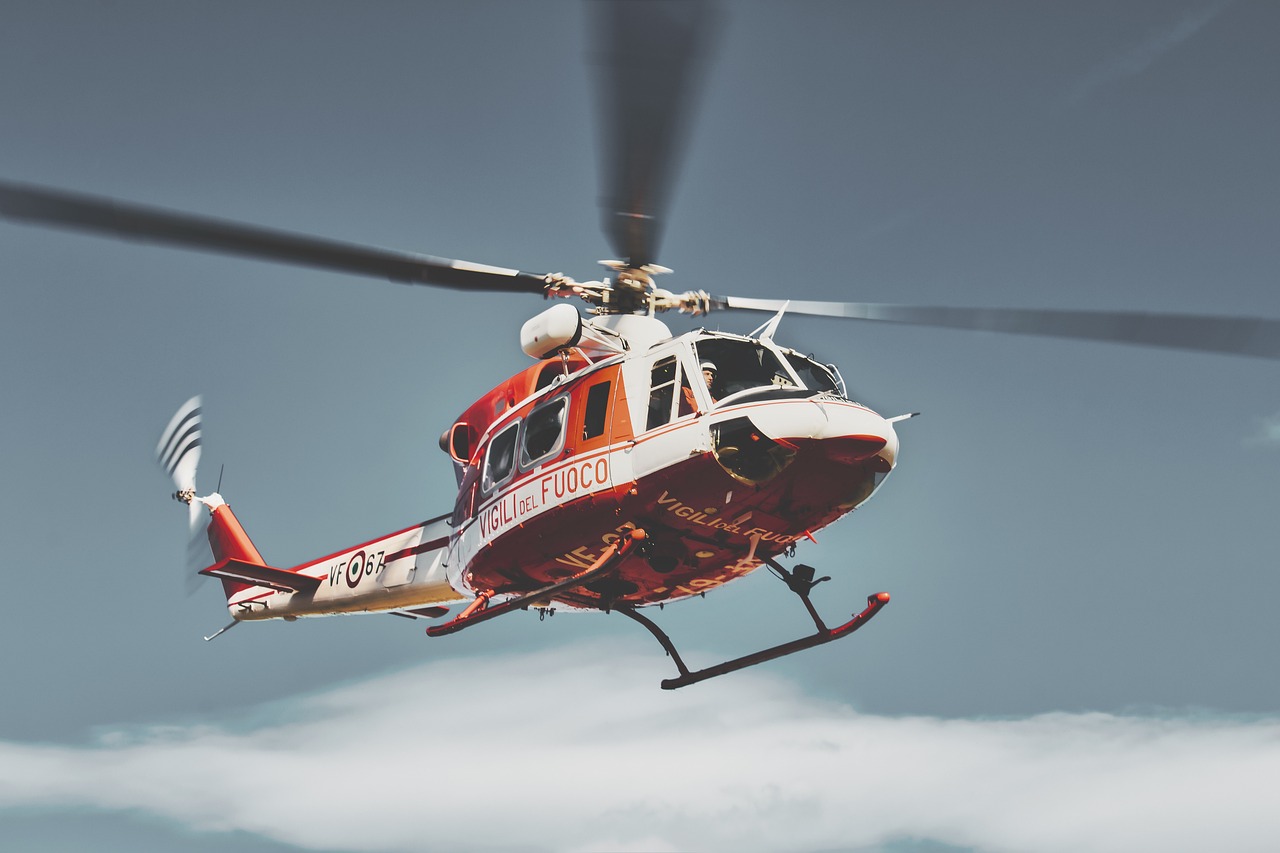
Utilizing Technology for Effective Communication
In today's fast-paced world, technology plays an indispensable role in enhancing communication, especially during emergencies. Imagine a situation where every second counts—what if you could instantly notify thousands of people about a potential threat? This is where modern technology comes into play. From social media platforms to emergency alert systems, these tools are designed to facilitate swift and effective communication, ensuring that critical information reaches those who need it most.
One of the most powerful tools in emergency communication is social media. Platforms like Twitter, Facebook, and Instagram allow organizations and individuals to share real-time updates and crucial information with a vast audience. For instance, during natural disasters, local authorities can use these platforms to disseminate vital information about evacuation routes, shelter locations, and safety tips. The immediacy of social media means that messages can be broadcast almost instantaneously, reducing the time it takes for the public to receive essential updates.
Moreover, utilizing emergency alert systems can significantly enhance communication efforts. These systems can send text messages, emails, and automated phone calls to registered individuals in a specific area. For example, the Integrated Public Alert and Warning System (IPAWS) in the United States allows authorities to send alerts about severe weather, missing persons, and other emergencies directly to citizens' devices. This capability ensures that everyone receives the same information at the same time, minimizing confusion and misinformation.
Another vital aspect of leveraging technology is the use of mobile applications. Many organizations have developed apps that provide users with real-time alerts, safety tips, and even emergency contact information. These applications can function as a one-stop-shop for all emergency-related information, allowing users to access what they need quickly. Additionally, apps can include features like GPS tracking, which can help locate individuals in distress or guide them to safety.
However, while technology offers numerous advantages, it’s essential to remember that not everyone has equal access to these tools. Therefore, it is crucial to consider inclusive communication strategies. This means providing information through multiple channels—such as radio broadcasts, community bulletin boards, and text alerts—to ensure that all individuals, regardless of their technological capabilities, receive the necessary information. By using a multi-faceted approach, we can ensure that no one is left in the dark during critical moments.
In conclusion, utilizing technology for effective communication during emergencies not only enhances the speed and reach of information dissemination but also empowers communities to respond more effectively. By embracing these tools and ensuring that they are accessible to everyone, we can significantly improve our preparedness and response efforts in the face of crises.
- How can social media be used effectively during emergencies? Social media can be used to share real-time updates, safety information, and crucial alerts to a wide audience instantly.
- What are emergency alert systems? Emergency alert systems are tools that send notifications via text, email, or phone calls to inform the public about emergencies in their area.
- Are mobile applications helpful in emergencies? Yes, mobile applications can provide real-time alerts, safety tips, and GPS tracking to help individuals respond effectively during emergencies.
- How can we ensure everyone receives emergency information? Implementing multiple communication channels, such as radio, community boards, and text alerts, can help ensure that information reaches all individuals.
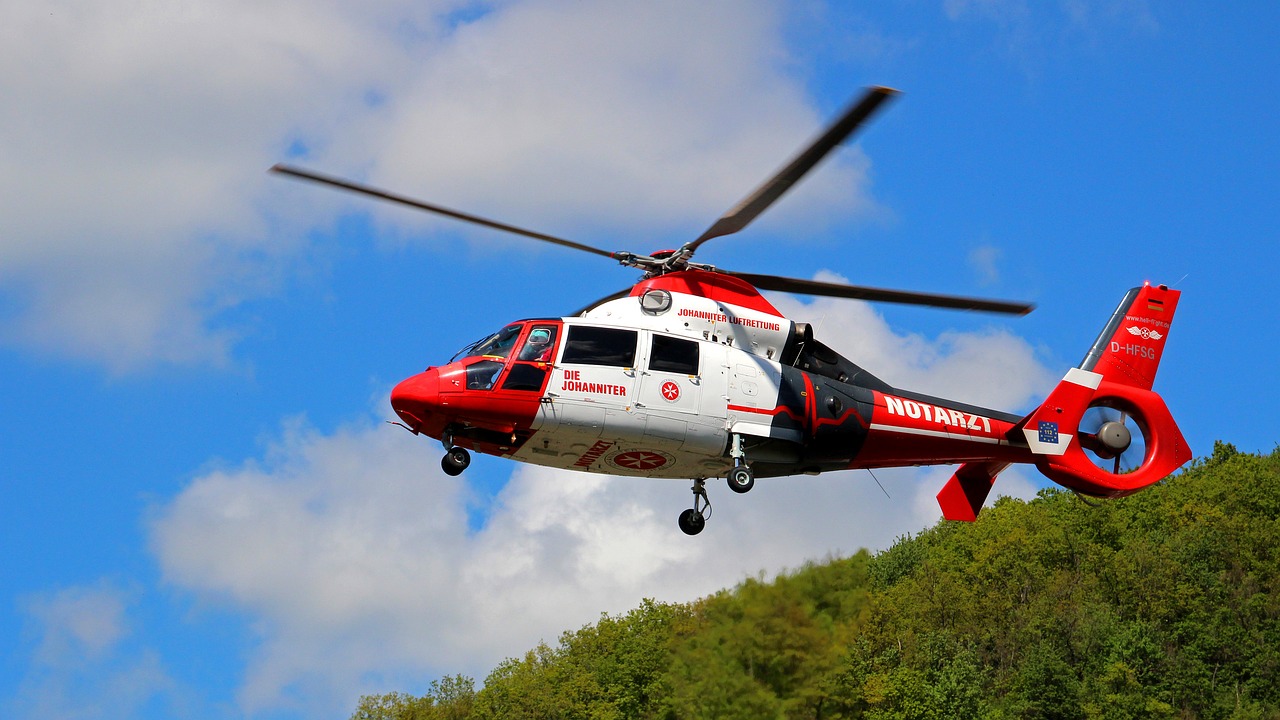
Crafting Clear and Concise Messages
When it comes to emergencies, the ability to craft clear and concise messages is not just a skill; it’s a lifeline. In high-pressure situations, people are often overwhelmed, and the last thing you want is for your message to add to the chaos. Imagine you’re in a crowded room, and someone is trying to shout instructions over the din of panic. If the message isn't straightforward, it might as well be a foreign language. This is why simplifying language is crucial. By eliminating unnecessary jargon and using everyday terms, you can ensure that everyone, regardless of their background or experience, understands the information being conveyed.
One effective way to achieve clarity is to prioritize key information. In a world where we are bombarded with data, it’s easy to drown in details. Instead, focus on the most critical points that need immediate attention. For instance, if there’s a fire, the essential messages might include:
- Where to evacuate
- How to stay safe
- Emergency contact numbers
These points should be communicated first, leaving out the fluff that can wait until later. This approach not only reduces confusion but also helps people react swiftly and appropriately. Think of it as a lifeguard signaling swimmers: they don’t have time to explain the science of drowning; they just need to shout, “Get out of the water!”
Another important aspect of crafting messages is the use of visual aids. Incorporating graphics, icons, or even color coding can enhance understanding, especially for those who may struggle with verbal instructions. For example, using a red cross to indicate danger or a green checkmark for safe zones can communicate messages even faster than words. This is particularly effective in diverse communities where language barriers may exist.
Moreover, consider the medium through which you are delivering your message. Text messages, social media posts, and even public announcements all have different formats and audiences. Tailoring your message to fit the medium can make a significant difference in its reception. For instance, a tweet needs to be succinct and to the point, while a public announcement can afford to be slightly longer, though still focused.
Finally, remember that communication is a two-way street. Encourage feedback and questions to ensure that your audience understands the message. This can be as simple as asking, “Does anyone have questions?” or providing a way for people to reach out for clarification. By engaging with your audience, you not only clarify your message but also build trust, making it more likely that they will follow your guidance in the future.
Q: Why is clear communication important during emergencies?
A: Clear communication helps reduce confusion, ensures safety, and facilitates timely responses, which can significantly improve outcomes during emergencies.
Q: How can I ensure my messages are understood by everyone?
A: Use plain language, prioritize key information, and consider incorporating visual aids to enhance understanding across diverse audiences.
Q: What role does technology play in emergency communication?
A: Technology, such as social media and emergency alert systems, allows for rapid information sharing and updates, making it easier to reach a wide audience quickly.
Q: How can I prepare for effective communication during an emergency?
A: Regular training and drills, including simulated scenarios, can help individuals and organizations practice and refine their communication strategies.
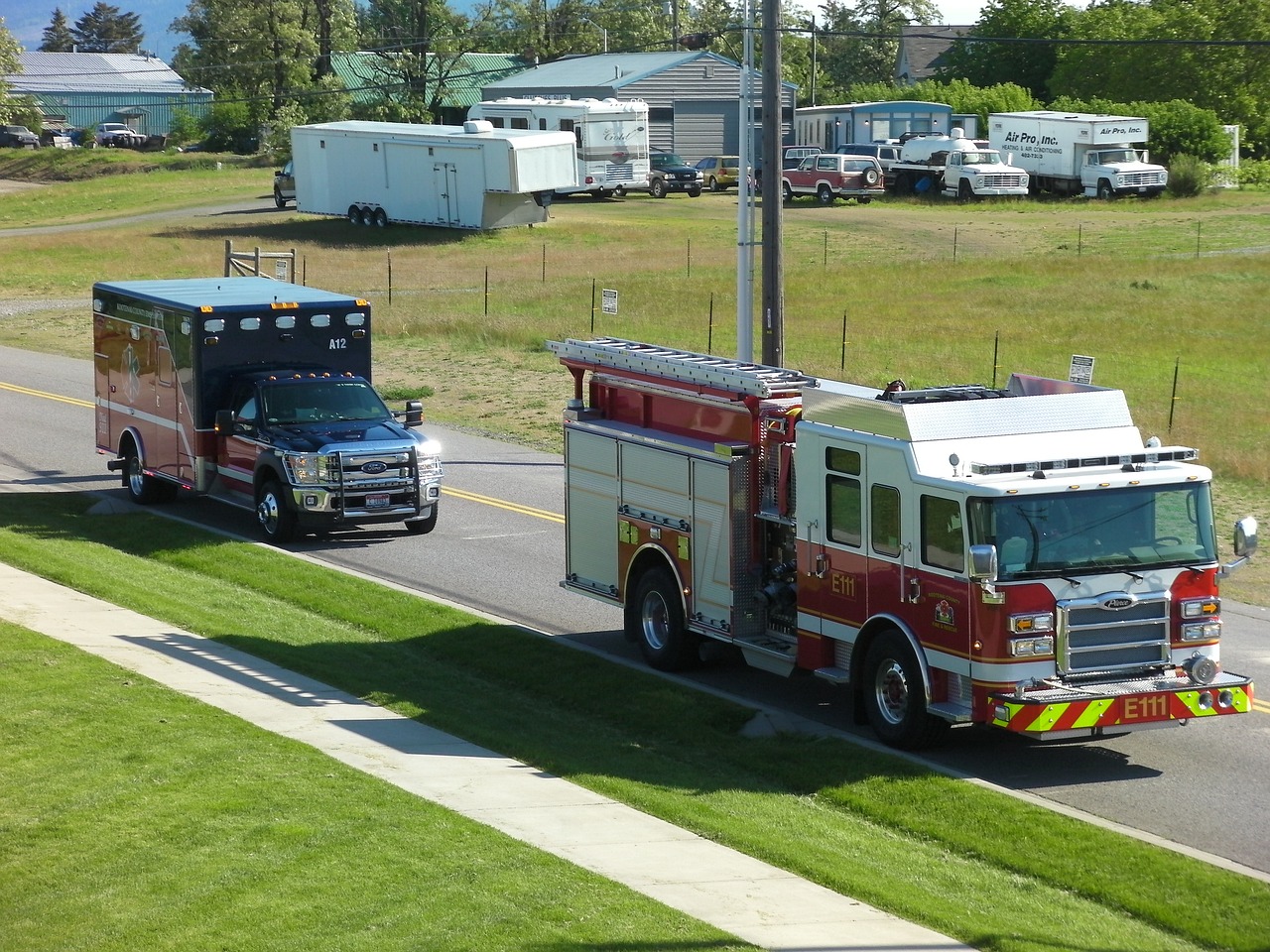
Using Plain Language
When it comes to communicating during emergencies, is not just a suggestion; it's a necessity. Imagine you're in a chaotic situation, and you hear someone using complex jargon or technical terms. It’s like trying to navigate a maze blindfolded! The goal is to ensure that everyone, regardless of their background or education level, can grasp the message quickly and accurately. This is particularly crucial in high-pressure situations where every second counts.
Plain language is all about clarity. It strips away the unnecessary fluff and gets straight to the point. For instance, instead of saying, “In the event of a catastrophic occurrence, it is imperative that individuals evacuate the premises immediately,” you could simply say, “If there’s an emergency, leave the building now.” This straightforward approach can save lives, as it minimizes the chance of misunderstanding and ensures that the message is clear.
To effectively implement plain language, consider the following tips:
- Use Short Sentences: Keep your sentences brief and to the point. This makes it easier for people to digest the information quickly.
- Avoid Jargon: Technical terms may confuse those who are not familiar with them. Always opt for common words that everyone understands.
- Active Voice: Use active voice instead of passive voice. For example, “The fire department will respond” is clearer than “The response will be made by the fire department.”
- Be Direct: Address the audience directly. Use “you” and “we” to create a connection and make the message more engaging.
Moreover, consider using visual aids alongside your plain language messages. Charts, diagrams, and images can reinforce the information and help convey your message even more effectively. For example, if you're instructing people to evacuate, a simple map showing the nearest exits can be incredibly helpful. It’s like giving someone a treasure map when they’re lost; it provides direction and reassurance.
In summary, using plain language is essential during emergencies. It ensures that everyone understands the critical information being communicated, reduces confusion, and ultimately saves lives. So, the next time you find yourself crafting a message for an emergency situation, remember: simplicity is key!
Q1: Why is plain language important during emergencies?
A1: Plain language ensures that everyone can understand critical information quickly, reducing confusion and enhancing safety.
Q2: How can I improve my plain language skills?
A2: Practice writing short sentences, avoid jargon, and use active voice. Reading your messages aloud can also help identify complex phrases.
Q3: Are there tools available to help with plain language?
A3: Yes, there are various online resources and software that can help simplify text and check for readability.
Q4: Can visual aids complement plain language?
A4: Absolutely! Visual aids like maps and diagrams can enhance understanding and provide clarity alongside plain language messages.
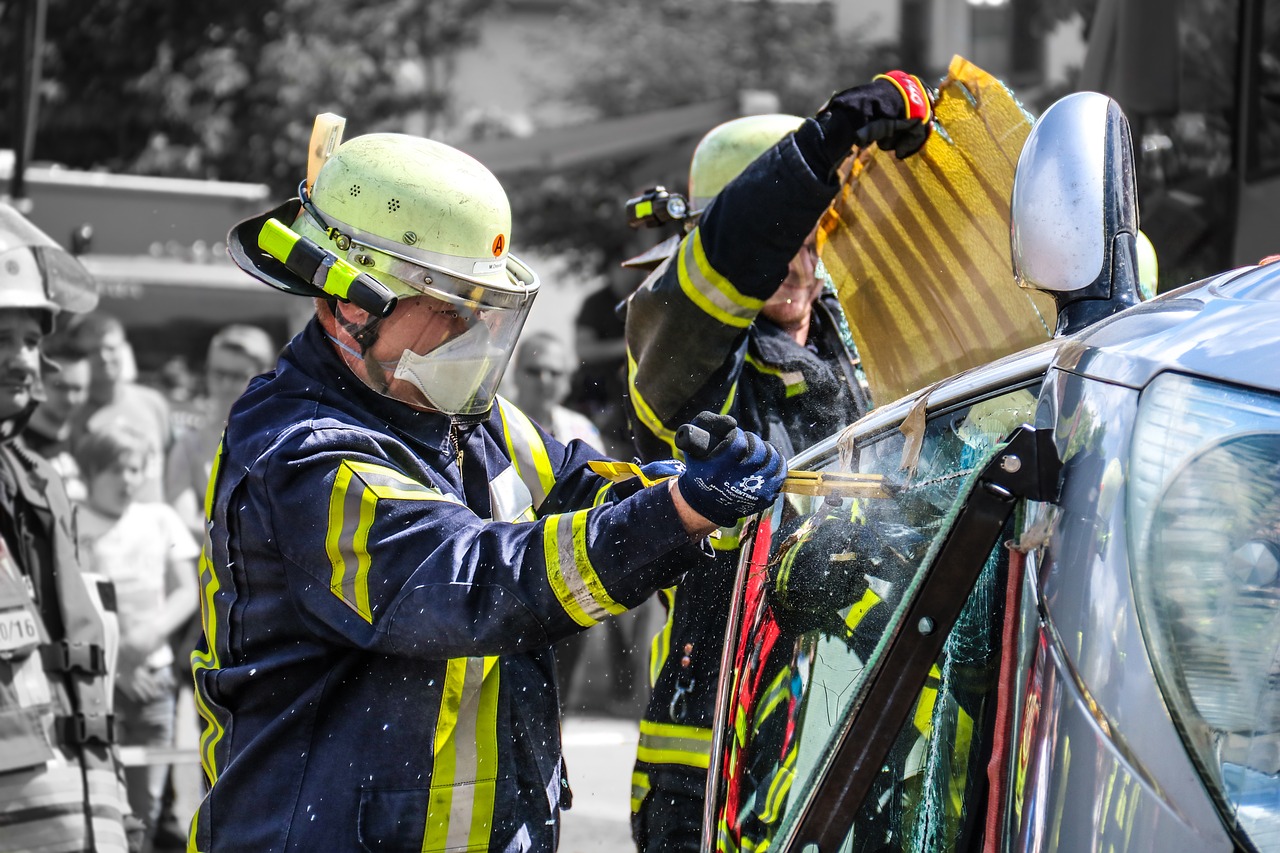
Prioritizing Key Information
In the whirlwind of an emergency, the flow of information can feel like a raging river, with details crashing together in a chaotic surge. This is why is not just important; it’s absolutely essential. When lives are on the line, the last thing you want is for people to be inundated with unnecessary details that could cloud their judgment or delay critical action. Instead, focusing on the most vital points can help ensure that everyone is on the same page and ready to respond effectively.
To streamline communication during an emergency, it’s crucial to identify what constitutes "key information." This often includes:
- Immediate threats: What is happening right now that poses a danger?
- Safety instructions: What actions should individuals take to protect themselves?
- Location updates: Where should people go for safety or assistance?
- Resource availability: What resources are available, and how can they be accessed?
By distilling messages down to these core elements, you can create a clear communication strategy that cuts through the noise. Imagine trying to navigate through a dense fog; the clearer the path you provide, the easier it is for individuals to find their way. This is particularly crucial in high-stress situations where every second counts.
Another effective strategy is to utilize a tiered approach to information dissemination. Start with the most critical updates and follow up with additional details as the situation evolves. For example, if a natural disaster is imminent, the first message might be an alert about the threat, followed by instructions on evacuation routes, and then updates on shelters and resources available.
Moreover, remember that communication is not a one-way street. Encourage feedback and questions from your audience. This not only helps clarify any uncertainties but also fosters a sense of community and support. In emergencies, people often feel isolated and anxious; knowing they can voice their concerns can make a significant difference in their emotional state.
In summary, prioritizing key information during emergencies is about cutting through the chaos and delivering messages that matter. By focusing on immediate threats, safety instructions, location updates, and resource availability, you create a clear and actionable communication strategy that can save lives. So, the next time you find yourself in a crisis, remember to keep it simple, keep it clear, and always prioritize the essentials.
- What should I include in emergency communication? Focus on immediate threats, safety instructions, location updates, and resource availability.
- How can I ensure my message is understood? Use plain language, avoid jargon, and prioritize key information to prevent confusion.
- Why is feedback important during an emergency? Feedback helps clarify uncertainties and fosters community support, which is crucial in high-stress situations.
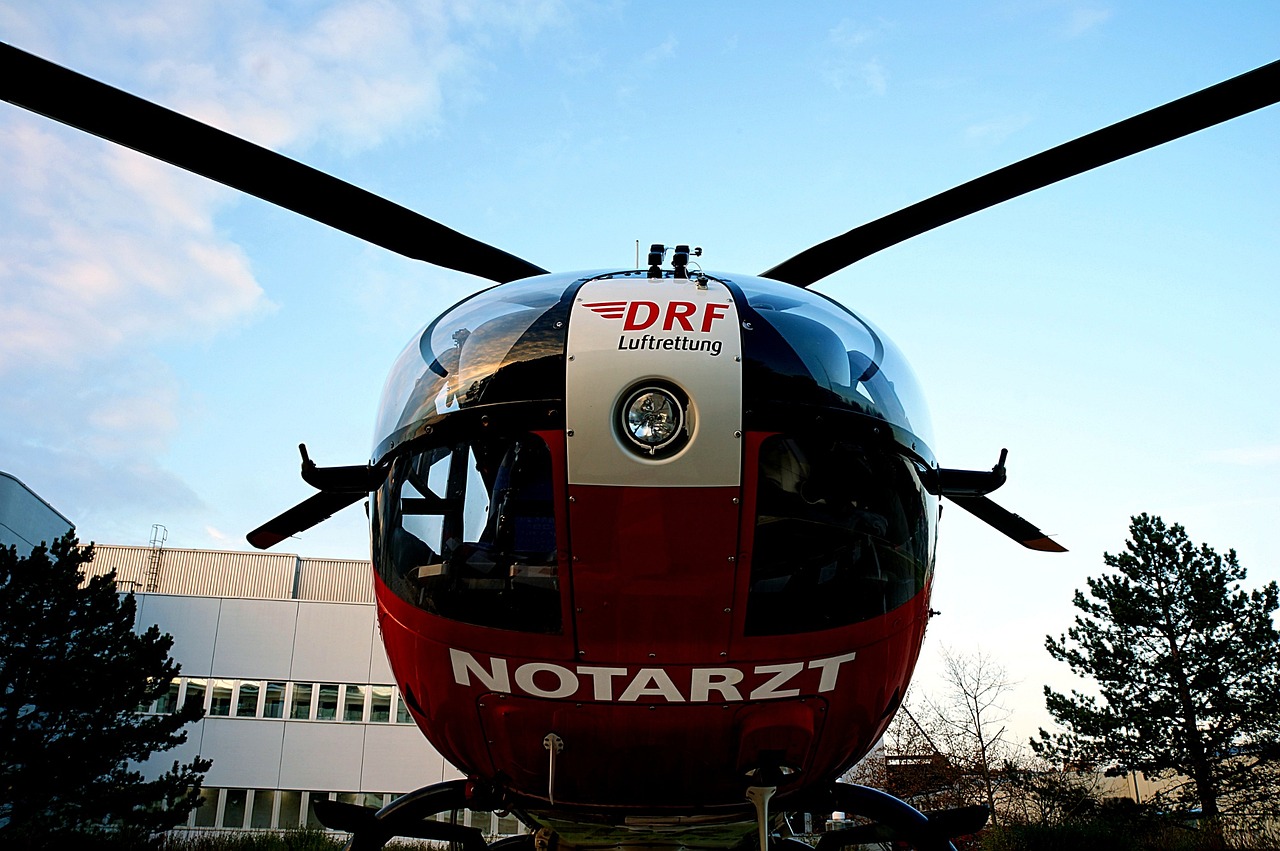
Training and Drills for Effective Communication
In the whirlwind of an emergency, the ability to communicate effectively can make all the difference. That's where training and drills come into play. Regularly scheduled training sessions and realistic drills prepare individuals and organizations to communicate clearly and efficiently when it matters most. Think of it like a fire drill in school; you practice so that when the real alarm rings, everyone knows exactly what to do without panicking. This preparation enhances readiness and builds confidence, ensuring that when the heat is on, everyone can keep their cool.
One of the most effective ways to conduct these training sessions is through simulated scenarios. These exercises allow teams to practice their communication strategies in a controlled environment. For instance, imagine a scenario where a natural disaster strikes. Teams can role-play various situations, such as coordinating with emergency services or informing the public through social media. By immersing themselves in these situations, participants can identify weaknesses in their communication plans and work on improving them before a real emergency occurs.
Moreover, it’s not just about practicing; it’s also about evaluating performance. After each drill, it’s crucial to conduct a thorough post-drill evaluation. This involves analyzing the communication outcomes to see what went well and what didn’t. By reviewing recorded communications, gathering feedback from participants, and assessing the overall response, organizations can refine their strategies. Continuous improvement is key to effective communication, and these evaluations provide valuable insights into enhancing future training sessions.
Incorporating technology into these drills can also significantly boost their effectiveness. For example, using communication tools like radios, messaging apps, or social media platforms during the exercises can mirror real-life situations. This not only familiarizes participants with the tools they will use in an actual emergency but also highlights any technical issues that need addressing. Ultimately, the goal is to create a seamless flow of information, ensuring that everyone involved knows their role and can act swiftly and decisively.
To summarize, training and drills are not just about going through the motions; they are about building a culture of preparedness. By investing time and resources into these practices, organizations can ensure that when an emergency strikes, their communication is as effective as possible. Remember, clear communication saves lives, and the time spent training is an investment in safety and efficiency.
- Why are training and drills important for communication during emergencies?
They prepare individuals to respond effectively, ensuring that everyone knows their roles and can communicate critical information clearly. - How often should training drills be conducted?
Regular drills should be held at least once or twice a year, but more frequent sessions may be necessary depending on the organization or community needs. - What types of scenarios should be practiced?
Simulated scenarios should reflect potential risks specific to the community or organization, such as natural disasters, fires, or active shooter situations. - How can technology enhance training drills?
Using communication tools during drills can help participants familiarize themselves with the technology they will use in real emergencies, ensuring smoother operations.
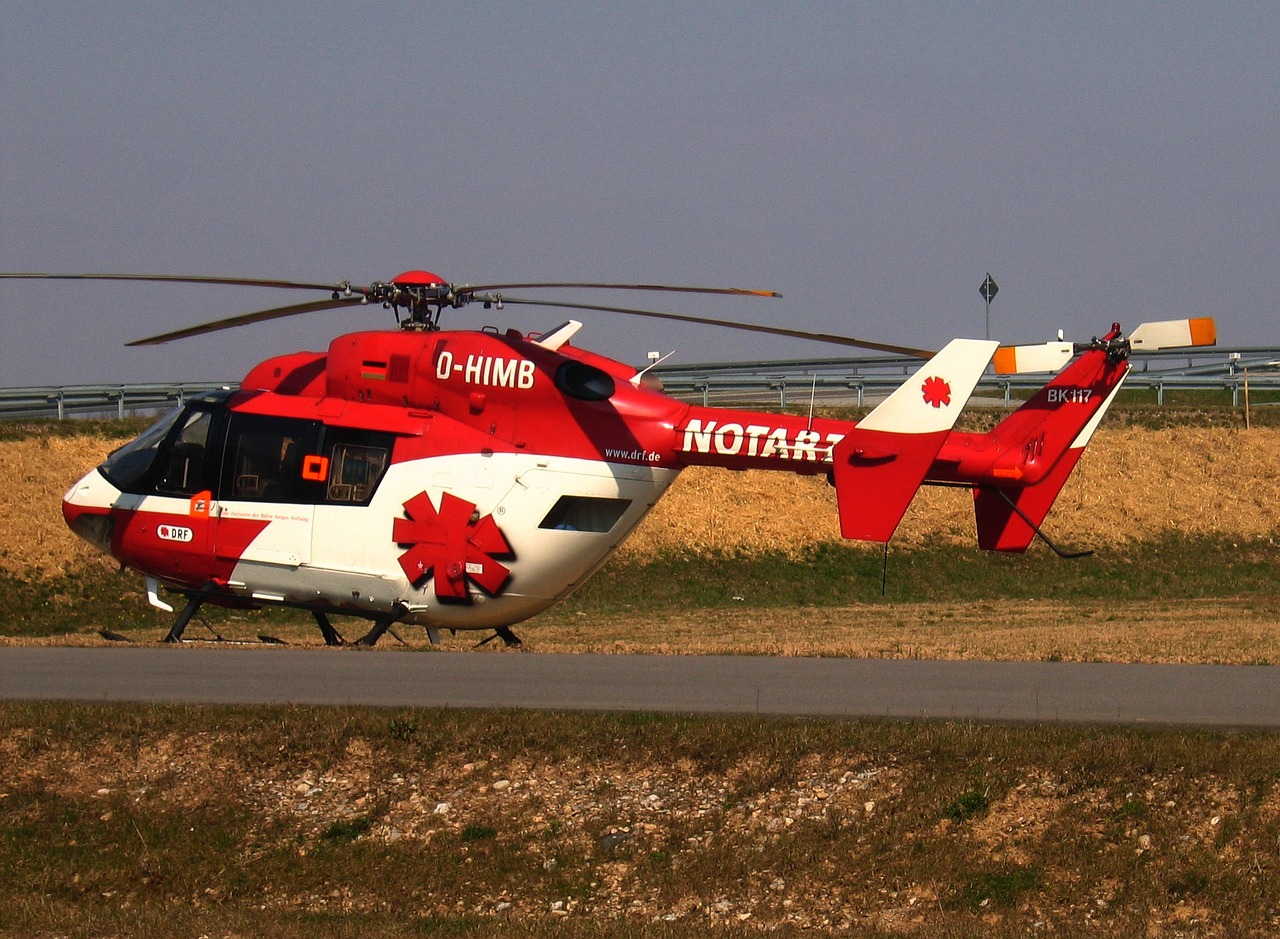
Conducting Simulated Scenarios
When it comes to preparing for emergencies, is like a dress rehearsal for a play—it's all about getting the cast ready for the big performance. These simulations create a controlled environment where individuals and teams can practice their communication strategies and responses to various crisis situations. Imagine being on a roller coaster; the anticipation builds as you climb to the top, and when you reach the peak, you want to scream out your fears and excitement. Similarly, simulated scenarios allow participants to voice their concerns, practice their roles, and refine their communication skills without the real-life pressure.
During these exercises, teams can role-play different emergency situations, such as natural disasters, medical emergencies, or security threats. This hands-on approach not only boosts confidence but also helps to identify any weaknesses in the communication plan. For example, what happens if the fire alarm goes off? How do team members communicate with each other? Are there clear channels for relaying information? These are critical questions that can be answered through well-structured simulations.
Moreover, it's essential to incorporate a variety of scenarios that reflect the unique challenges your organization might face. Here are some types of scenarios that could be beneficial:
- Natural Disasters: Simulate events like earthquakes, floods, or hurricanes.
- Medical Emergencies: Practice responses to medical crises, such as heart attacks or injuries.
- Security Threats: Develop plans for active shooter situations or other security breaches.
After conducting these simulated scenarios, it's crucial to hold a debriefing session. This is where the real magic happens! During the debrief, participants can discuss what went well, what didn’t, and how communication could be improved. This reflective practice is vital for continuous improvement and helps teams to feel more prepared for actual emergencies.
In conclusion, conducting simulated scenarios is not just a checkbox on a training list; it’s a powerful tool for enhancing communication skills and ensuring that every team member knows their role when the stakes are high. By fostering a culture of preparedness and encouraging open dialogue during these exercises, organizations can create a robust framework for effective communication in emergencies. So, are you ready to take your emergency preparedness to the next level?
Q1: How often should we conduct simulated scenarios?
A1: It's recommended to conduct these simulations at least twice a year, but more frequent practice can lead to better preparedness.
Q2: What should be included in a debrief after a simulation?
A2: Include discussions on what went well, areas for improvement, and how communication can be enhanced in future scenarios.
Q3: Can we involve external agencies in our simulations?
A3: Absolutely! Involving local emergency services or community organizations can provide valuable insights and improve coordination.

Evaluating Communication Performance
Evaluating communication performance after an emergency drill or real-life scenario is crucial for understanding how effectively information was conveyed. It's like reviewing game footage after a big match; you want to see what worked, what didn’t, and how you can improve for next time. This evaluation process should involve a comprehensive analysis of various aspects of communication, including message clarity, timeliness, and the overall response of both the communicators and the recipients.
To start, it’s essential to gather feedback from all participants involved in the communication process. This includes not just the leaders or those in charge but also the everyday individuals who received the messages. Their insights can reveal gaps in understanding and highlight areas where communication may have faltered. Consider using structured feedback forms or conducting interviews to collect this information systematically.
Furthermore, analyzing communication channels used during the emergency can provide valuable insights. Were social media platforms effective in disseminating information? Did the emergency alert system reach everyone it was supposed to? These questions can guide future strategies. Here’s a simple table to illustrate the evaluation criteria you might consider:
| Criteria | Evaluation Method | Notes |
|---|---|---|
| Message Clarity | Feedback Surveys | Assess understanding of key messages |
| Timeliness | Response Time Analysis | Measure how quickly information was shared |
| Channel Effectiveness | Channel Reach Analysis | Evaluate which platforms were most effective |
| Overall Satisfaction | Participant Surveys | Gauge participant confidence in the communication |
Once you have gathered all this data, it’s time to analyze it. Look for patterns that indicate strengths and weaknesses in your communication strategy. For instance, if feedback shows that many people didn’t understand a critical message, it might be time to revise how information is presented. Perhaps using simpler language or more visuals could help.
Finally, it’s essential to share the findings with all stakeholders involved. Transparency in discussing what went well and what didn’t fosters a culture of continuous improvement. It encourages everyone to contribute ideas for enhancing communication strategies in future emergencies. Remember, the goal isn’t just to identify problems but to create a robust framework for better communication that can save lives when it truly matters.
- Why is evaluating communication performance important?
Evaluating communication performance helps identify strengths and weaknesses in your strategy, ensuring better preparedness for future emergencies. - How can feedback be effectively gathered?
Feedback can be gathered through surveys, interviews, and debriefing sessions with all participants involved in the communication process. - What should be included in the evaluation criteria?
Important criteria include message clarity, timeliness, channel effectiveness, and overall participant satisfaction. - How often should communication performance be evaluated?
Regular evaluations should be conducted after drills, real-life emergencies, or whenever new communication strategies are implemented.
Frequently Asked Questions
- Why is clear communication crucial during emergencies?
Clear communication is essential during emergencies because it minimizes confusion, ensures safety, and facilitates timely responses. When every second counts, having straightforward and effective messaging can make all the difference in saving lives and resources.
- What should be included in a communication plan?
A comprehensive communication plan should outline roles, responsibilities, and methods for disseminating information quickly and accurately. It should also include contact lists for key stakeholders, protocols for message delivery, and strategies for reaching vulnerable populations.
- How can technology enhance emergency communication?
Technology, such as social media platforms and emergency alert systems, can drastically improve communication efficiency. These tools allow for rapid sharing of information and updates, ensuring that the public receives timely alerts about emergencies.
- What is plain language, and why is it important?
Plain language refers to using simple, straightforward terms that eliminate jargon and technical language. This approach is vital during emergencies as it ensures that messages are accessible and easily understood by everyone, regardless of their background or knowledge.
- How often should training and drills be conducted?
Regular training and drills should be conducted at least once or twice a year to prepare individuals and organizations for effective communication during emergencies. Frequent practice helps enhance readiness and builds confidence in real-life situations.
- What is the purpose of conducting simulated scenarios?
Simulated scenarios allow teams to practice communication strategies in a controlled environment. These exercises help identify weaknesses in the communication plan and improve overall response effectiveness, ensuring better preparedness for actual emergencies.
- Why are post-drill evaluations important?
Post-drill evaluations are crucial for assessing communication performance and outcomes. Analyzing these evaluations helps refine strategies and ensures continuous improvement in emergency communication practices, ultimately leading to better preparedness.


